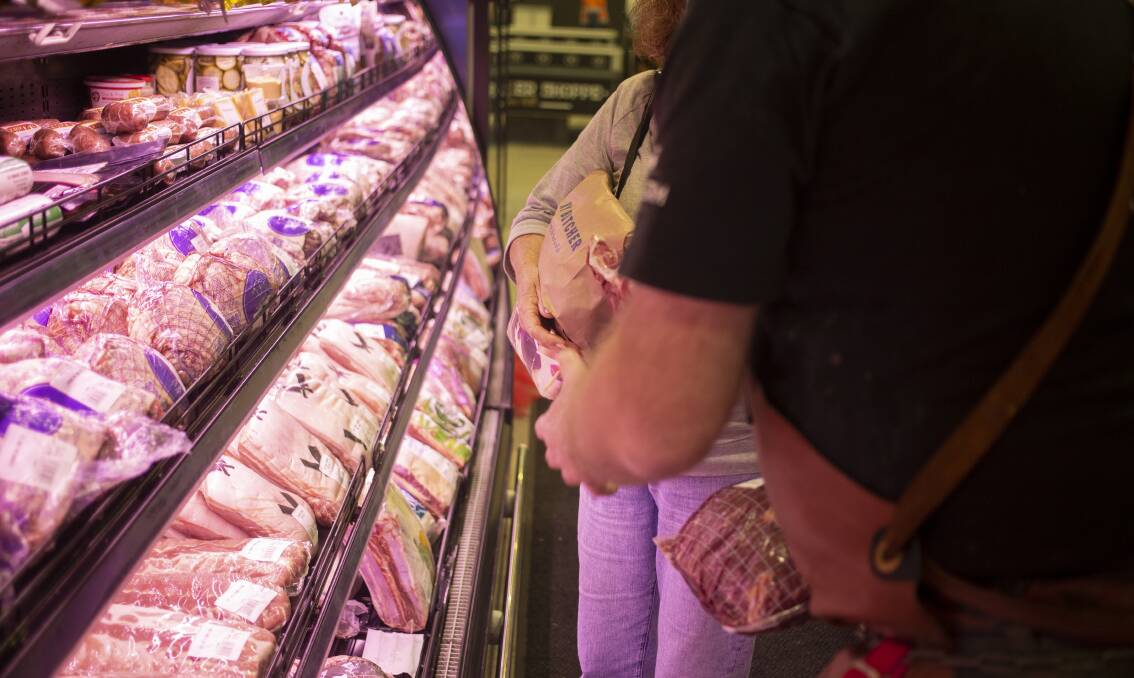
THE appetite for expensive beef cuts is not just waning on home soil.
Subscribe now for unlimited access to all our agricultural news
across the nation
or signup to continue reading
In Japan, Australia's largest and highest value export market, top-end chilled product is proving difficult to sell against a backdrop of big supplies of United States grain-fed beef.
In China, however, grain-fed beef imports continue to defy the challenges posed by shipping hurdles and pandemic lockdowns.
Where one market comes off the boil, another fires, say analysts, and that speaks largely to the diversity of beef customers Australian beef now has.
With ongoing low rates of slaughter, Australia's total beef export volumes for July dropped back another six per cent.
Thomas Elder Markets reported this was the third successive month of trade volume declines and current beef export levels are running 22pc under the five-year average for July.
Flows to Japan eased nearly 18pc over the month to sit now at nearly 29pc below the average trend for July.
Japan still holds its place as Australia's top market, representing 26.8pc of total volume in the first seven months of this year.
Consultant Steve Martyn said Australia's major competitor in Japan, the US, was currently in a herd liquidation phase spurred on by severe drought conditions in many parts of the country.
That has made available large volumes of US grain-fed beef at very competitive prices.
"It is probably a good thing that our herd rebuilding and liquidation phases are out of sync with each other especially in the high quality chilled and grain-fed end of the market," Mr Martyn said.
ALSO IN BEEF:
Juggling the ever-shifting demand trends is no mean feat for exporters.
Jason Carswell, from Australia's largest processing operation JBS Australia, said consumer spending changed quickly in Australia with the first interest rate rise.
The domestic market took an immediate hit, he said. Loin cuts and rumps proved very hard to move.
"We've had to sell into Japan at a reduced price just to get it out of the domestic market," he said.
"The Japanese have not got an appetite for dear meat at the moment, it is very price-sensitive.
"Unless the price of our beef comes down, they won't be rushing out to buy anytime soon.
"That's possibly one reason why the cattle market has come back as fast as it has."
Meanwhile, Mr Martyn reported China's January to June beef imports of 1.12 million tonnes was 2.2pc above last year.
However, the US$7.7 billion value of that tonnage was up close to 40pc, a reflection of the ability of the market to pay for quality and also a sign that demand remains resilient in the face of the lockdowns and other challenging issues, he said.
Rabobank's Hong Kong-based senior animal protein analyst Chenjun Pan said despite China's lockdown policies, consumers were continuing to eat animal protein at home and via food delivery.
Speaking on a newly-released podcast, she said the trend of convenience food was also growing in the Chinese market.
"The categories of ready-to-eat, ready-to-cook and ready-to-heat type convenience foods are booming," she said.
The same trends are evident in Australia, analysts report.
In terms of retail prices in China, Ms Pan said the pork sector had seen the most volatility.
"Presently beef and sheep meat retail prices are relatively stable - sitting at historically high levels. When compared with the international market, Chinese beef and sheep meat retail prices are still very high," she said.
"These high prices, despite a slowing Chinese economy, reflect that the consumption of animal proteins, particularly beef, is quite resilient."


